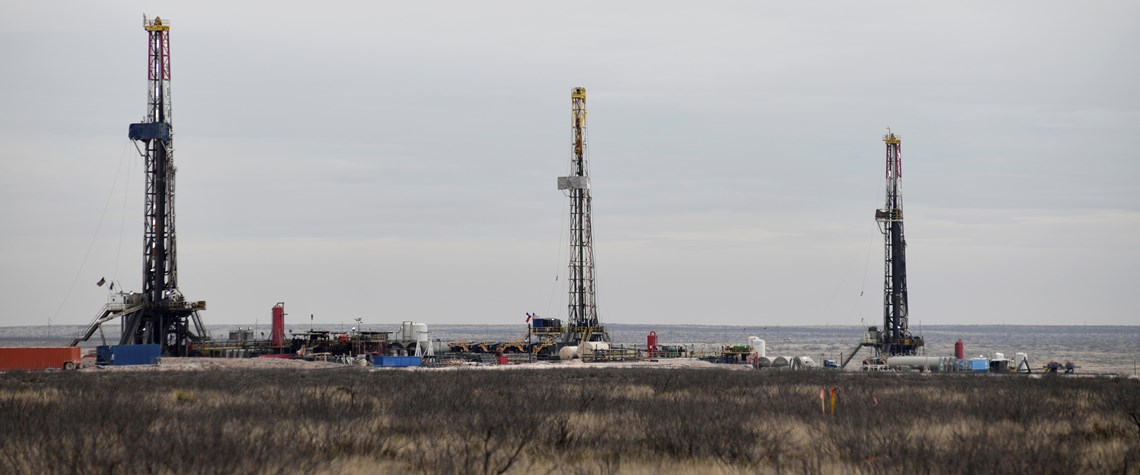Direct air capture technologies vie for pre-eminence
Capture and storage of CO<sub>2</sub> is attracting interest from non-energy corporations seeking to achieve net-zero emissions
Direct air capture (DAC) plants all seek to offer a relatively inexpensive means of cutting net greenhouse gas to companies in hard-to-abate sectors such as aviation—but two rival technologies are battling for dominance in the nascent sector. DAC plants are usually proposed above sequestration sites, where captured CO2 is stored underground, eliminating the need for costly pipelines. Fifteen small-scale DAC plants are operational worldwide capturing around 9,000t of CO2 annually, according to an IEA report last June. There are two competing DAC technologies—liquid and solid. Canada’s Carbon Engineering uses a hydroxide solution to capture, purify and condense CO2, while Switzerland’s Climewo

Also in this section
10 December 2025
Net zero is not the problem for the UK’s power system. The real issue is with an outdated market design in desperate need of modernisation
28 November 2025
The launch of the bloc’s emissions trading system in 2005 was a pioneering step, but as the scheme hits 21 its impact as a driver of decarbonisation is still open to debate
18 November 2025
Vicki Hollub, president and CEO of Occidental, has been selected as the 2026 recipient of the Dewhurst Award, the highest honour bestowed by WPC Energy. The Dewhurst Award celebrates exceptional leadership, groundbreaking innovation and a lifetime of significant achievements in sup-port of the development and advancement of the energy industry.
11 November 2025
Transition policies must recognise that significant industrial demand for carbon will continue even as economies hit net zero







